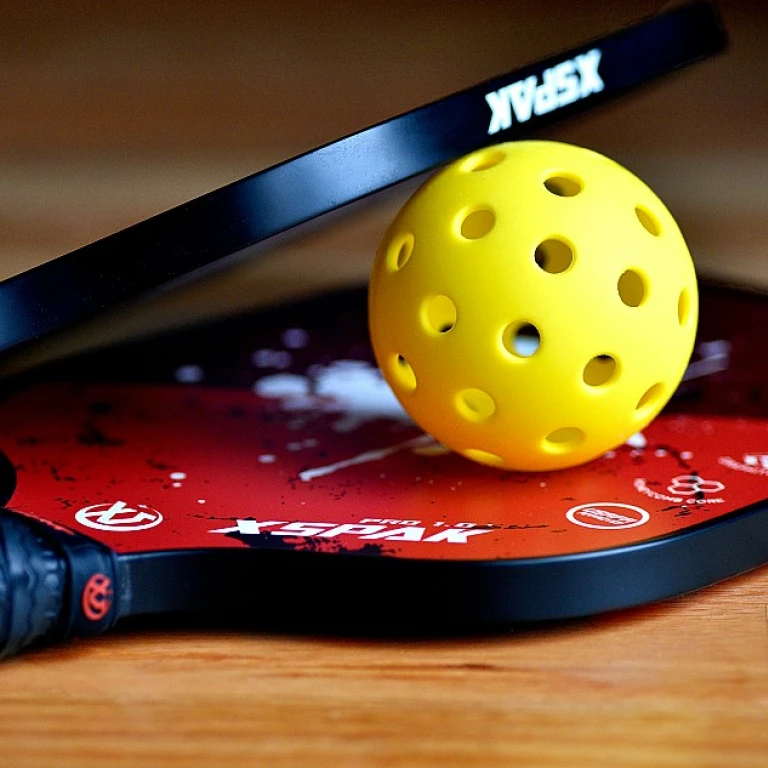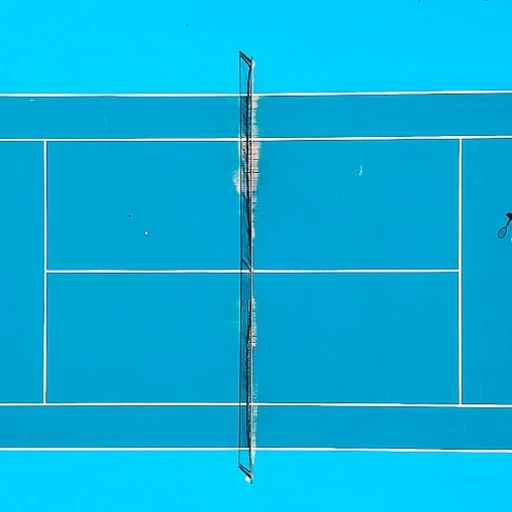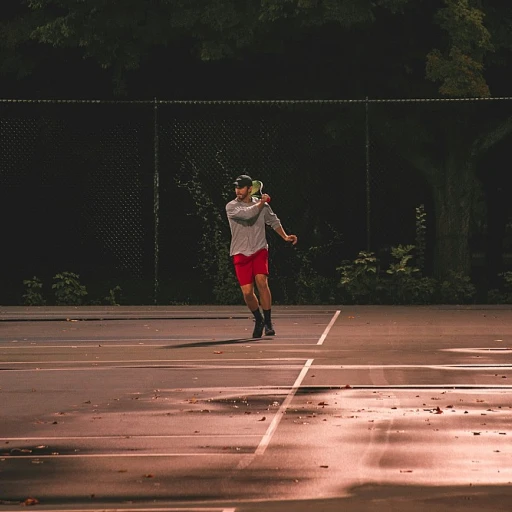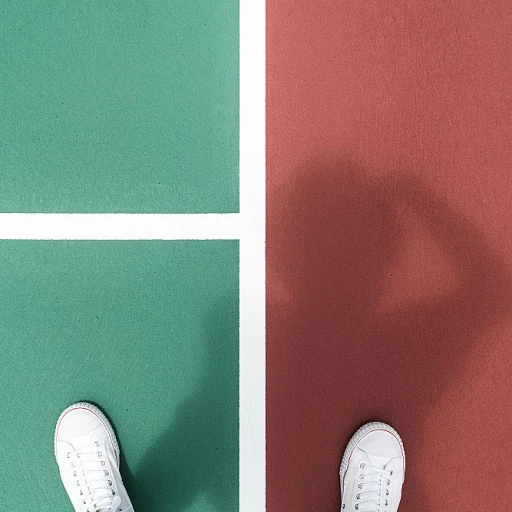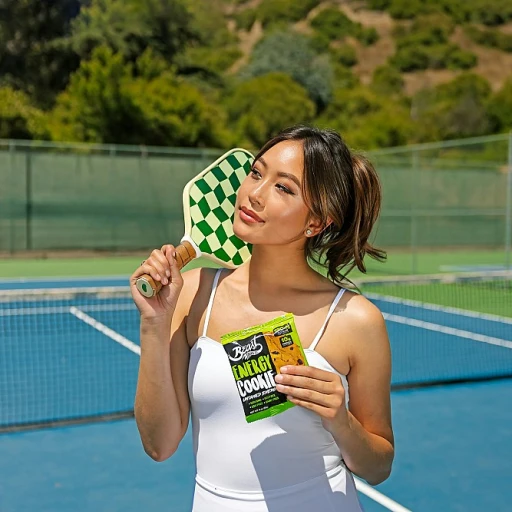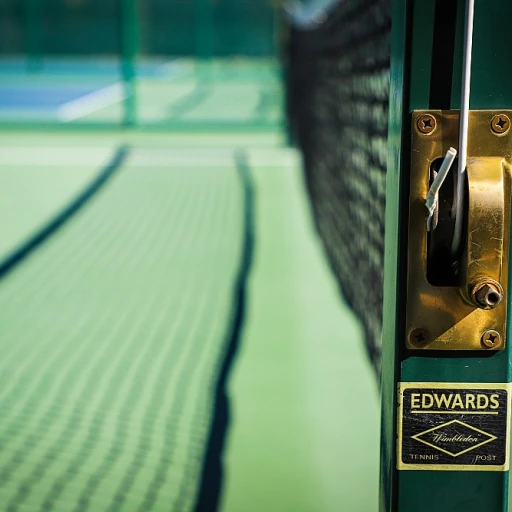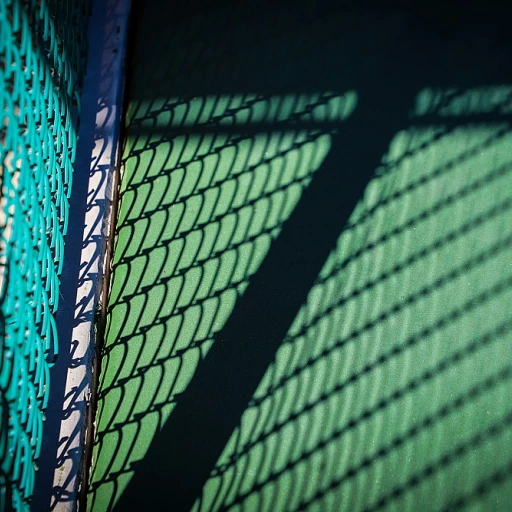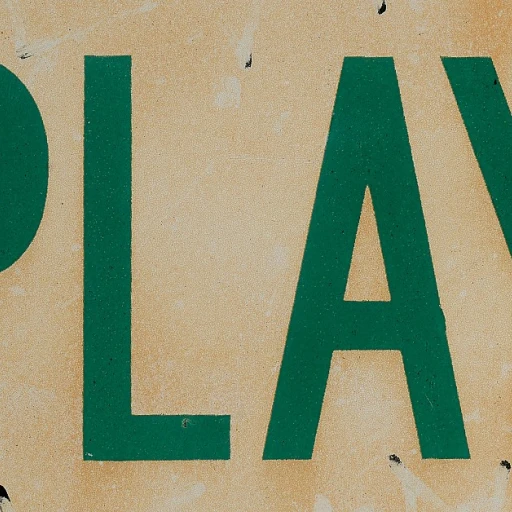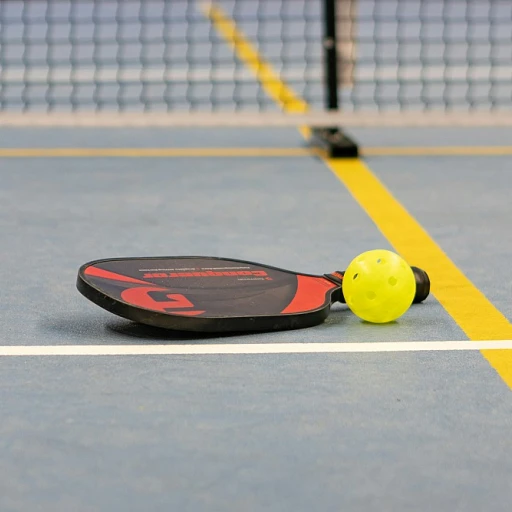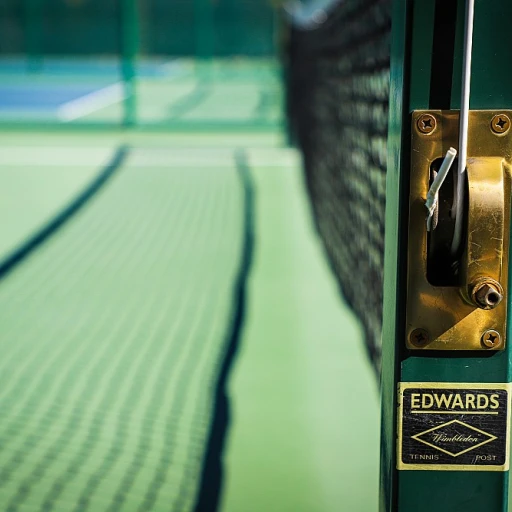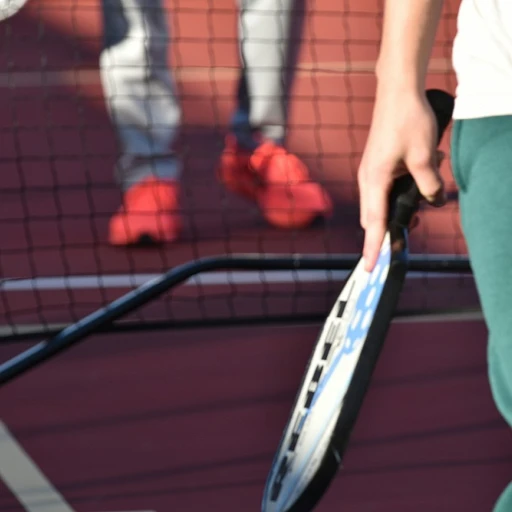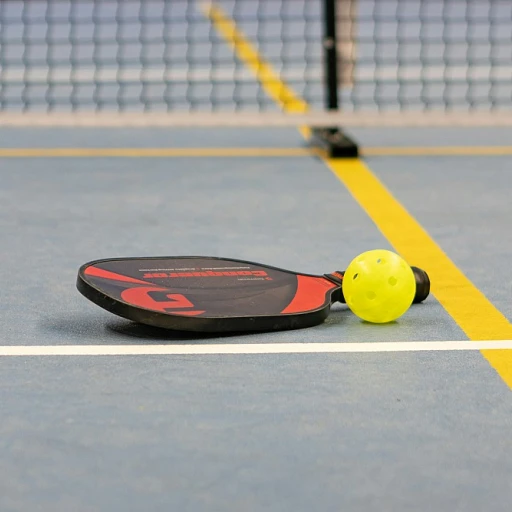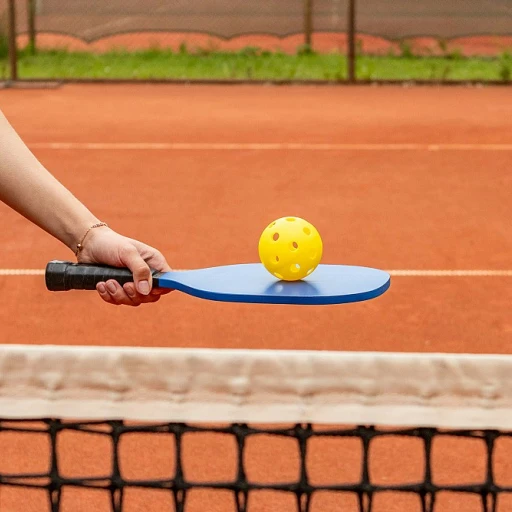Agility on the Court: The Importance of Footwork in Pickleball
Unlocking Swift Maneuverability: The Backbone of Pickleball Success
The swift pace of pickleball demands players to develop exceptional footwork. Those who glide effortlessly across the court often find themselves in the winner's circle. Mastering agility in pickleball is akin to a dancer learning their steps; it’s about creating a rhythm that complements your strategic play. Precision footwork is essential because it allows players to be in the optimum position to strike the ball, defend their territory, and transition smoothly between offense and defense. A player's ability to move swiftly and efficiently can dictate the tempo of the game and create advantageous opportunities.
Step Patterns and Drills: Building Your Footwork Foundation
Focusing on footwork drills can significantly enhance your mobility on the court. Simple exercises such as ladder drills, side-to-side shuffles, and forward-backward movements can improve your coordination and speed. Integrating these drills into your practice sessions not only perfects your step patterns but also boosts your overall fitness, which is crucial in enduring back-to-back games. Pickleball enthusiasts must remember: the best players are those who can move as quickly in the final points as they did in the opening rallies.
The Synergy of Speed and Stability: Mastering Quick Transitions
While speed is a vital component of superior footwork, stability cannot be overlooked. A player's balance during rapid changes in direction is instrumental in maintaining control over their movements and, by extension, the ball. Practices that emphasize quick transitions and recovery steps enable players to return to their ready position post-haste, a skill that often differentiates seasoned players from novices. It's the careful blend of agility and stability that allows players to execute shots with both power and precision, making them formidable opponents in the highly energetic arena of pickleball.
Real-World Reflections: Benchmarking Against Top-Level Players
For those looking to emulate the footwork of pickleball professionals, take note of how top-tier players position themselves. They are almost always in motion, anticipating the next play. Their secret lies in their ability to read the game, know where the ball is likely to go, and move their feet accordingly. This proactive approach to positioning allows them to make swift interceptions and delicate dinks, maintaining the upper hand in the volley. By studying the movement patterns of these experts, aspiring players can integrate similar strategies into their own play style, evolving their game to new heights.
Strategic Positioning: Owning Your Space on the Pickleball Court
Navigating the Pickleball Court: Expert Tips for Dominant Positioning
The end game of superior footwork in pickleball is to gain a strategic advantage through smarter positioning. Owning your space on the court isn't just about where you stand; it's a psychological game, influencing how your opponents play and capitalizing on every opportunity. Effective court positioning disrupts your opponents' strategy and paves the way for a winning shot. Without it, even the most agile players can find themselves at a disadvantage.
Mastering the 'Kitchen': Controlling the Non-Volley Zone
In pickleball, the 'kitchen' or non-volley zone is a critical area to dominate. The art of 'dinking'—executing soft shots that land in the opponents' kitchen—requires players to hover close to their own non-volley line. This aggressive stance in the non-volley zone increases your ability to respond to shots quickly and to place your shots more strategically. Statistics show that players who command the non-volley zone tend to win rallies more often, highlighting this area's significance in match play.
Partner Synchronization: The Key to Doubles Dominance
When playing doubles, synchronization with your partner is non-negotiable. It's essential for each player to understand the dynamics of shared court space. Effective communication and anticipation ensure that both players are not drawn to the same spot, a common mistake that can lead to easy points for the opposition. Experts suggest practicing drills that emphasize lateral movement and coordination to enhance this synergy. There's a saying among seasoned players: 'Good teams conquer the court, but great teams conquer the understanding of shared space.'
Defensive Posturing: Turning the Tide with Strategic Retreats
Though aggression is often rewarded in pickleball, knowing when to retreat can be just as critical. The ability to quickly move back and adopt a defensive stance allows players to handle powerful shots like slams and volleys. This strategic retreat gives players more time to react and can turn defense into offense. Remember, a well-timed defensive move often catches aggressive opponents off guard, leaving them vulnerable to strategic counterattacks.

